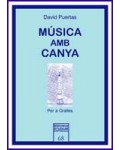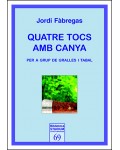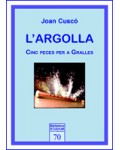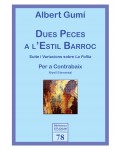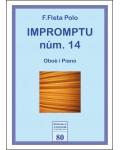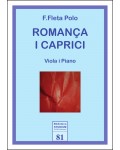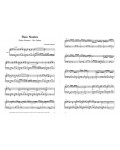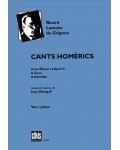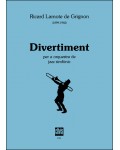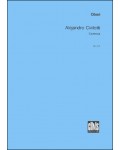
No products
Prices are tax included
Product successfully added to your shopping cart
There are 0 items in your cart. There is 1 item in your cart.
- English
- Castellano
- Català
Top sellers
-
-
-
Quatre tocs amb canya
Edition: PrintedQuatre tocs amb canya (Four touches with reed) by Jordi Fàbregas has four separate parts: Cor de foc (Heart of Fire), Ball a quatre (Dance to Four), Trànsit (Transit) and Ball gemmat (Lush Dance).
10,40 € -
-
-
Impromptu num. 14
Edition: PrintedMost of the more than twenty impromptus in Fleta’s catalogue are dedicated to string instruments but in this particular case the main protagonist is the oboe.
15,00 € -
-
Impromptu núm. 14
Edition: DigitalThe first part of the Impromptu núm. 14 is like a perpetual, fast-paced movement with a playful character in which the rapport between the two performers is very demanding, with the oboe always in the sharp register, punchy and incisive.
8,72 € -
-
-
Divertiment
Edition: DigitalThe structure of this Divertimento for orchestra of symphonic jazz is as follows: The 1st movement is an Allegro, with a joyful Fox rhythm; The 2nd movement, Moderato, has a Waltz time; The 3rd movement has a Slow tempo; Finally, the last movement is an Allegro molto, with a Ragtime rhythm.
21,81 € -


